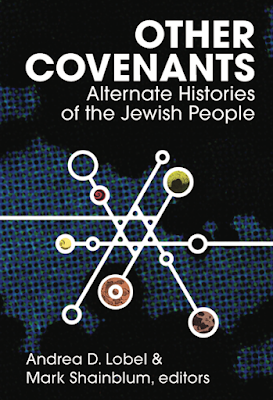Categorizing Counterfactuals: On the New Graphic Novel, "1/6"
Alternate history continues to have a bit of a PR problem. The publication of a new four-part graphic novel, 1/6, by writer Alan Jenkins and artist Gan Golan on the topic “What If the Attack on the Capitol Succeeded?” is notable for receiving publicity in a new Washington Post article.
But it is notable that the author, Michael Cavna, declines to situate the graphic novel in its proper genre, alternate history. Cavna speaks instead of “alternative history,” while Jenkins and Golan have described themselves as writing in the vein of “dystopian speculative fiction" and “dystopian alternate reality.”
As a stand-alone genre of fiction, alternate history has been institutionalized since the 1990s. Counterfactual history has been equally canonized ever since that decade as well. The fact that neither term has appeared in press coverage of 1/6 suggests several things: 1) certain writers who have been drawn to “what ifs” don’t realize the extent of alternate history’s long existence; 2) alternate history still has a ways to go before becoming fully recognized by the general public.
At the same time, the problem of definition may reflect the timing of the 1/6’s appearance. In the vein of “too soon?”, it is possible that the text’s topic makes it hard to categorize. Depending on what chronological span the text ends up covering (only the first issue has been produced), it may be best described as a “future history” – especially if it ends up covering events past 2023. It would then be akin to Geroge Orwell’s 1984, which was published in 1948 as a “future history.” (Today, of course, from the vantage point of 2023, 1984 could be classified as a “retroactive alternate history).”
I don’t mean to split hairs with my critique of categorization here, but it’s a reminder that the aficionados of alternate and counterfactual history still have work to do to educate the public.
As for me, I very much look forward to reading Jenkins' and Golan's text.



Comments